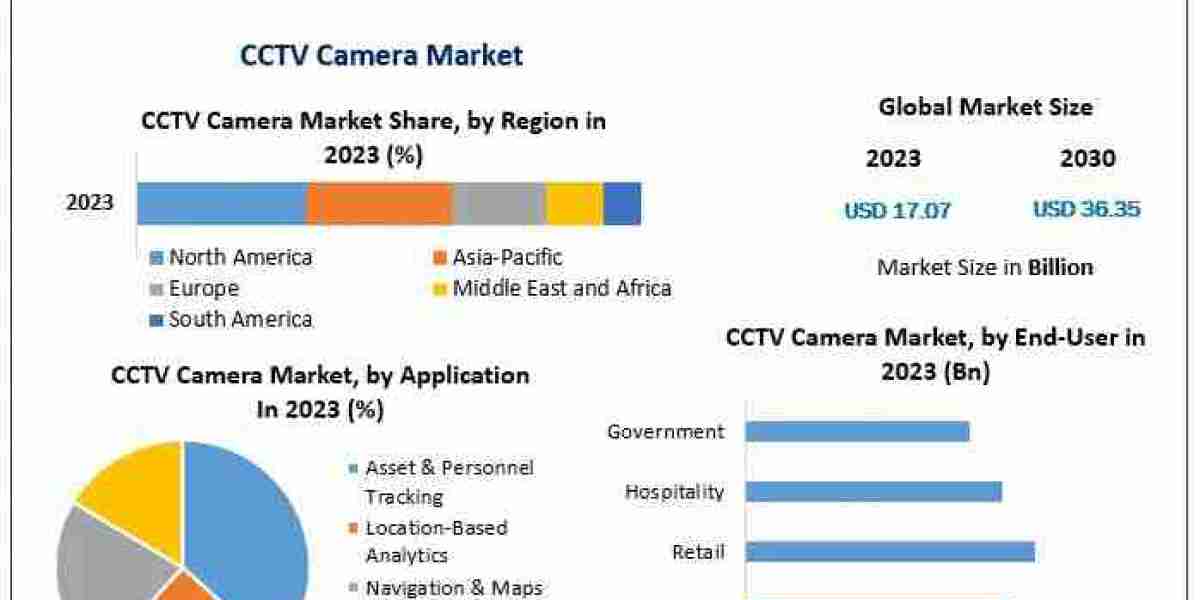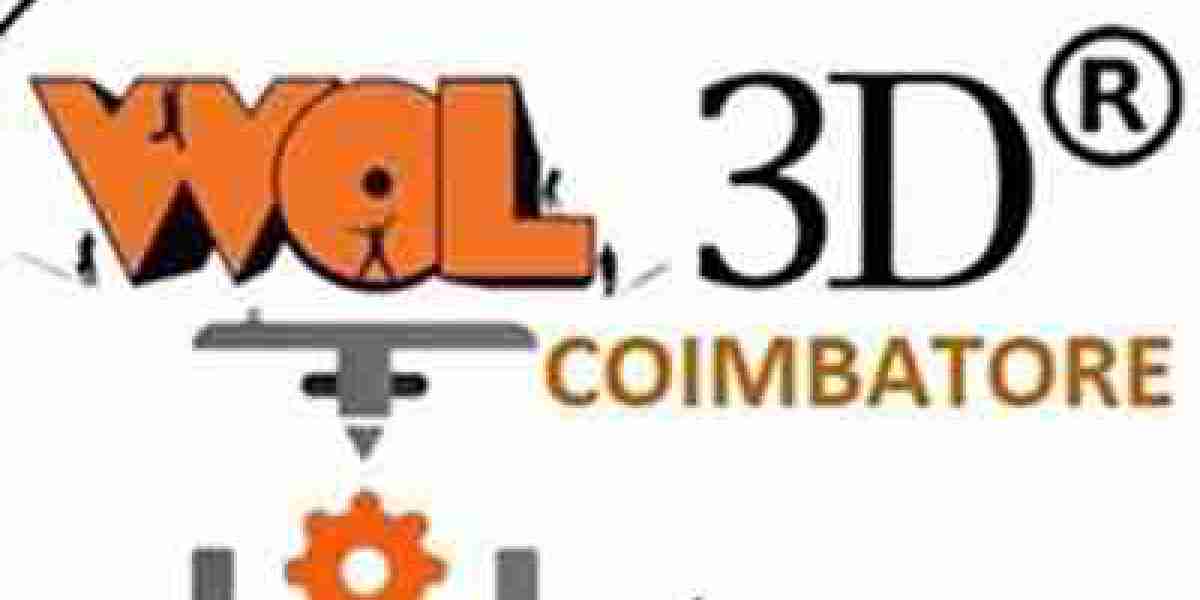The industrial inspection sector is undergoing rapid advancements in 2024, with cutting-edge innovations driven by leading industrial endoscope camera manufacturer. These advancements are not only enhancing inspection capabilities but also transforming how industries perform maintenance, quality control, and troubleshooting. As industries from automotive to aerospace require increasingly precise tools, the role of industrial endoscope cameras is becoming more critical. In this blog, we will explore the latest developments in industrial endoscope technology and how manufacturers are pushing the boundaries to meet modern inspection needs.
Key Technological Innovations
High-Definition Imaging and 3D Visualization One of the most significant advancements in 2024 is the introduction of high-definition (HD) imaging in industrial endoscopes. These HD cameras provide crisp, detailed visuals of otherwise hard-to-see areas, enabling technicians to detect even the smallest defects or anomalies. Some manufacturers have gone further, introducing 3D visualization capabilities. These allow users to view the internal components from multiple angles, significantly improving inspection accuracy and speeding up decision-making.
Flexible and Ultra-Thin Probes As industries face more complex inspection requirements, the demand for flexible and ultra-thin probes has skyrocketed. Manufacturers are developing probes with diameters as small as 1 mm, designed to access the tightest spaces without compromising image quality. Flexible designs allow the camera to bend and adapt to irregular shapes, making them ideal for inspecting internal components in engines, turbines, pipelines, and other confined areas. This evolution ensures that no part goes unexamined, regardless of its location.
AI-Powered Image Analysis Artificial intelligence (AI) is making a significant impact in the realm of industrial endoscopes. Many leading manufacturers are now integrating AI-driven software into their systems, allowing the devices to automatically detect defects, corrosion, cracks, and other issues during inspections. This automated analysis reduces human error and improves the speed and efficiency of inspections. As a result, businesses are able to minimize downtime and streamline maintenance processes, leading to cost savings.
Wireless Connectivity and Cloud Integration The move toward wireless connectivity and cloud-based data storage is another trend shaping the industry in 2024. Many modern industrial endoscope cameras now come equipped with Wi-Fi or Bluetooth, allowing real-time transmission of inspection data to cloud platforms or mobile devices. This innovation enables remote collaboration, where multiple team members can view the same inspection results, even from different locations. Furthermore, cloud integration allows for easy storage and retrieval of inspection data, which can be vital for compliance reporting and long-term equipment monitoring.
Increased Durability and Waterproofing Industrial endoscope cameras are often exposed to harsh environments, from corrosive liquids to extreme temperatures. Manufacturers are responding to these challenges by creating more rugged, waterproof, and temperature-resistant designs. New materials and protective coatings are being used to ensure that the cameras can operate efficiently in tough conditions without sustaining damage. As a result, the lifespan of these tools is extended, providing better return on investment for businesses.
Enhanced Lighting Solutions Lighting is a crucial factor in capturing clear images during inspections. HD industrial endoscope camera manufacturers are advancing the technology by integrating adjustable LED lighting that offers greater control over brightness levels. This ensures that even in dark, enclosed spaces, the camera can produce sharp images. Some manufacturers are also incorporating UV and infrared lighting options, allowing for specialized inspections that require alternative lighting spectrums.
The Future of Industrial Endoscope Cameras
As manufacturers continue to innovate in 2024, the future of industrial endoscope technology looks promising. We can expect further miniaturization of cameras, with even smaller probes that deliver the same high-quality imaging. The integration of AI and machine learning will become more sophisticated, enabling predictive maintenance, where potential issues can be identified before they lead to failure. Additionally, advancements in augmented reality (AR) may soon allow users to overlay real-time inspection data on physical environments, revolutionizing how technicians interact with machinery during inspections.
Another area poised for growth is the expansion of industrial endoscope applications. While traditionally used in sectors like aerospace, automotive, and oil & gas, endoscopes are now being adopted in industries such as food processing, pharmaceuticals, and electronics manufacturing. This increased demand will likely drive further improvements in camera resolution, probe flexibility, and durability.
Conclusion
In 2024, industrial endoscope camera manufacturers are at the forefront of technological advancements that are redefining how industries conduct inspections. With innovations in HD imaging, AI-powered analysis, wireless connectivity, and more, these tools are becoming indispensable for businesses that rely on precision and efficiency in their operations. As manufacturers continue to push the boundaries of what's possible, industrial endoscope cameras will play an even more pivotal role in improving safety, quality, and productivity across various industries.













